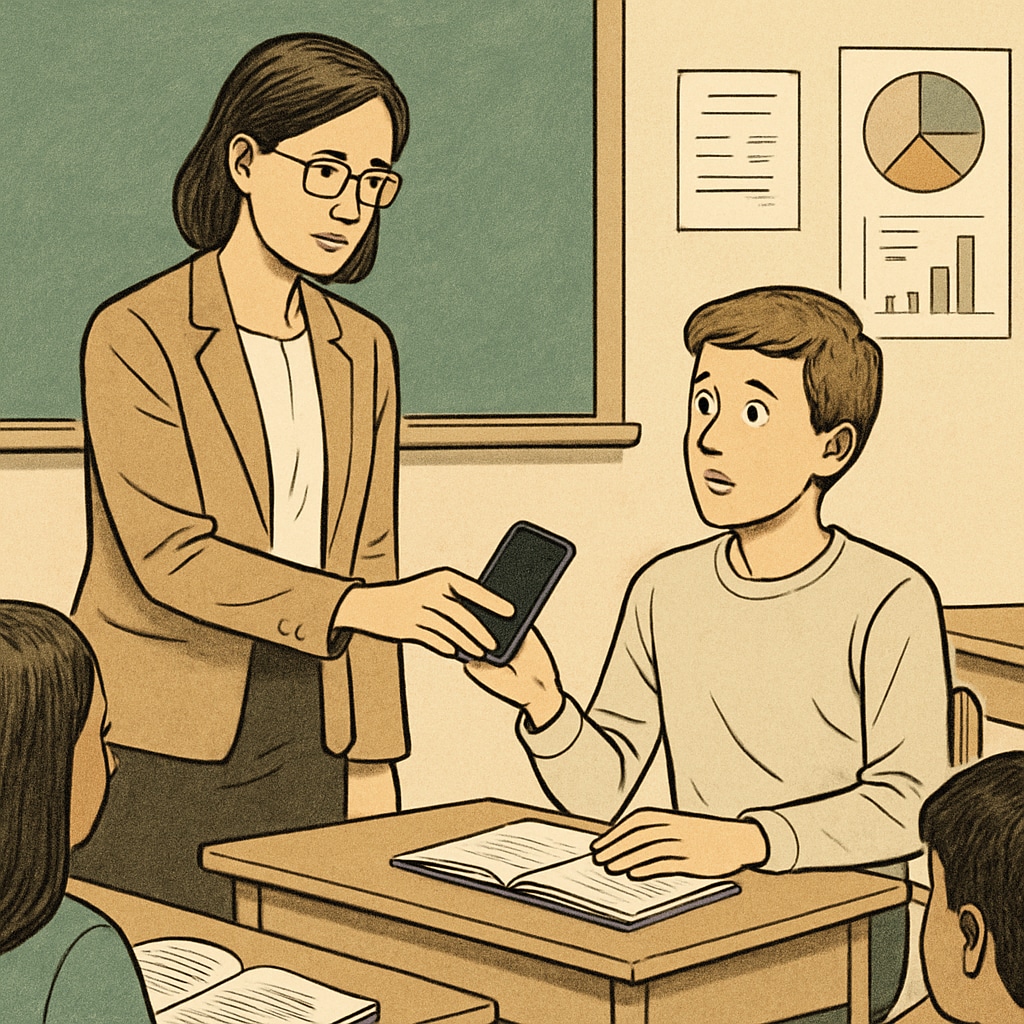With the rise in smartphone dependency, schools across multiple states have adopted comprehensive phone bans to ensure school safety, enhance learning efficiency, and safeguard privacy. While these policies aim to address distractions and potential risks, their effectiveness is under scrutiny. Are phone bans a sustainable solution, or do they represent a step backward for education? This article delves into the complexities of this issue, highlights potential drawbacks, and offers alternative approaches for managing technology in schools.
Understanding the Rationale Behind School Phone Bans
The implementation of phone bans in schools is often justified on three primary grounds: improving learning efficiency, ensuring school safety, and protecting student privacy. Proponents argue that smartphones disrupt classroom focus, facilitate cyberbullying, and expose students to privacy risks. By eliminating phones, schools hope to create an environment more conducive to learning and personal development.
For instance, a study published by the London School of Economics found that schools implementing phone bans experienced a 6.4% improvement in student test scores, with the most significant gains seen among low-achieving students. Such data supports the premise that phone restrictions can enhance academic performance.

The Challenges and Limitations of Comprehensive Phone Bans
While the intentions behind phone bans are commendable, their execution often poses challenges. Critics argue that outright bans may overlook the potential benefits of smartphones as educational tools. For example, smartphones can provide quick access to research materials, educational apps, and collaborative platforms, enriching the learning experience.
Additionally, such policies may alienate students who rely on their phones for legitimate reasons, such as contacting family during emergencies or managing personal schedules. Enforcement can also become a logistical burden for teachers and administrators, leading to inconsistent application and potential conflicts.
Another concern is that banning phones entirely does not address the root causes of misuse, such as poor digital literacy or the lack of clear guidelines on appropriate use. Instead of fostering responsible behavior, bans may inadvertently encourage students to hide their phones, undermining trust between students and school authorities.

Striking a Balance: Alternatives to Comprehensive Phone Bans
Rather than enforcing blanket bans, schools could adopt more balanced policies that integrate technology into the learning process while minimizing distractions. Here are some potential alternatives:
- Designated Phone-Free Zones: Establishing specific areas within the school where phones are not allowed, such as classrooms and libraries, ensures focused learning while allowing access during breaks.
- Scheduled Usage Times: Schools can introduce “technology windows” during which students can use their phones for educational purposes under supervision.
- Digital Literacy Programs: Teaching students about responsible phone use, online safety, and the impact of excessive screen time can promote self-regulation and informed decision-making.
- Monitoring and Restrictions: Using school-wide apps or software to monitor and limit non-educational phone usage can help strike a balance between access and discipline.
By adopting these measures, schools can harness the benefits of technology while mitigating its potential downsides.
Conclusion: A Call for Thoughtful Technology Integration
The debate over comprehensive phone bans in schools highlights the need for nuanced policies that address both the advantages and challenges of technology in education. While bans may offer immediate relief from distractions, they risk overlooking the broader opportunities smartphones provide for learning and communication.
Instead of viewing phones solely as a problem, schools should strive to integrate them thoughtfully into the educational ecosystem. By fostering an environment that emphasizes responsible use, schools can prepare students to navigate the digital world effectively while maintaining academic focus and personal integrity.
Ultimately, the goal should not be to eliminate technology from the classroom but to teach students how to use it wisely. By doing so, schools can strike a balance between ensuring safety, enhancing learning efficiency, and respecting privacy.
Readability guidance: This article uses short paragraphs and lists to improve readability, incorporates transitions for flow, and avoids overloading with long sentences or passive constructions. The content is structured to engage readers while providing actionable insights.


